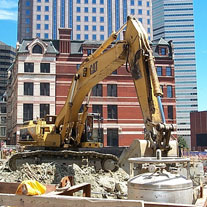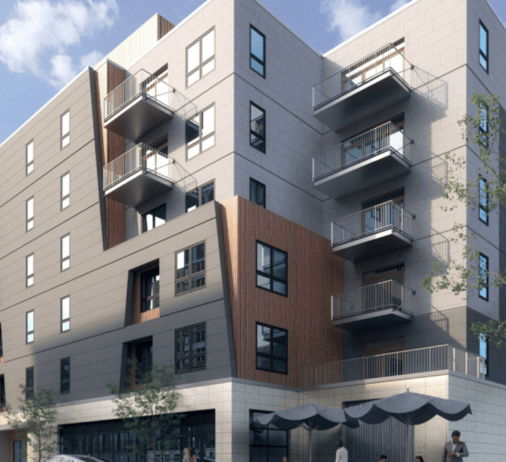What’s REALLY going on down the street from that home I want to buy (or rent)?
 When searching for their next home or apartment, many people concentrate just on the residence they’re looking to move into and often overlook other features of the neighborhood that may matter. Sure, people generally want to have access to reliable transportation, good schools, clean parks, and a nearby grocery store; but after you’ve lived in your new home or apartment for a little bit, do you find yourself anxious to learn more about your neighborhood? “What’s that big construction project at the end of the street?” “What types of jobs do people have in the area?” “Who are my neighbors?”
When searching for their next home or apartment, many people concentrate just on the residence they’re looking to move into and often overlook other features of the neighborhood that may matter. Sure, people generally want to have access to reliable transportation, good schools, clean parks, and a nearby grocery store; but after you’ve lived in your new home or apartment for a little bit, do you find yourself anxious to learn more about your neighborhood? “What’s that big construction project at the end of the street?” “What types of jobs do people have in the area?” “Who are my neighbors?”
Generally, the responsibility of answering these types of questions falls on the residents to find out through intense research (of course, a good real estate agent – like me 🙂 – can also help people answer some of these questions). Fortunately, the City of Boston has the answers just a few clicks of the mouse away. The Boston Redevelopment Authority (BRA), the city’s planning and economic development agency, offers a number of resources to the public where you can learn about your neighborhood.
Along with learning all about the home buying process (or rental process) and checking out every new listing that fits your price range, doing your neighborhood research can make a big difference in the success of home search.
What’s that big construction project at the end of the street?
Any time a developer proposes a large project within the City of Boston, they must submit the project details to the BRA for approval before it can break ground and begin construction. The projects are available online for the public to review and submit questions or comments before approval takes place, and then the plans remain online throughout the construction duration for the public to review if they wish to learn more. You can take a look for yourself at neighborhood developments by clicking here.
What types of jobs do people have in the area?
It’s quite obvious in some neighborhoods what the dominant employment sectors may be (I’m talking to you Financial District and Longwood Medical Area). In both your neighborhood and the city overall, however, it may be less obvious what types of work most people in the city do. For instance, Boston has a world-renowned reputation for education, yet the education sector only ranks 5th on the rank of industries in Boston by employment size. Earlier this year the BRA published Industry Profiles detailing the largest industries throughout the city, including their employment trends over the decade and exactly where the largest employment clusters are by industry. You can read more by clicking here.
Who are my neighbors?
This is one of the most popular questions people have when moving to a new place, but it is frequently answered inaccurately. Several Boston neighborhoods have a history that many people associate with certain demographic groups because, historically, those were the people that lived in them. But if you compare the stats every ten years, whole neighborhoods can change immensely due to economic factors, changing demographic preferences, and other variables. Unless you’re willing to knock on every person’s door on your block to ask for yourself, the best way to learn who lives in your neighborhood is to review the demographic statistics published by the US Census Bureau. The BRA Research Division went a step further and tabulated the data for each of the city’s neighborhoods. You can see that information by clicking here.
Whether it is before you begin searching for your next Boston home or even after you’ve already moved into it, educating yourself about your neighborhood will prove invaluable over time.

